Image Gallery: Amazing 'Fairy Circles' of the Namib Desert
Mysterious Rings
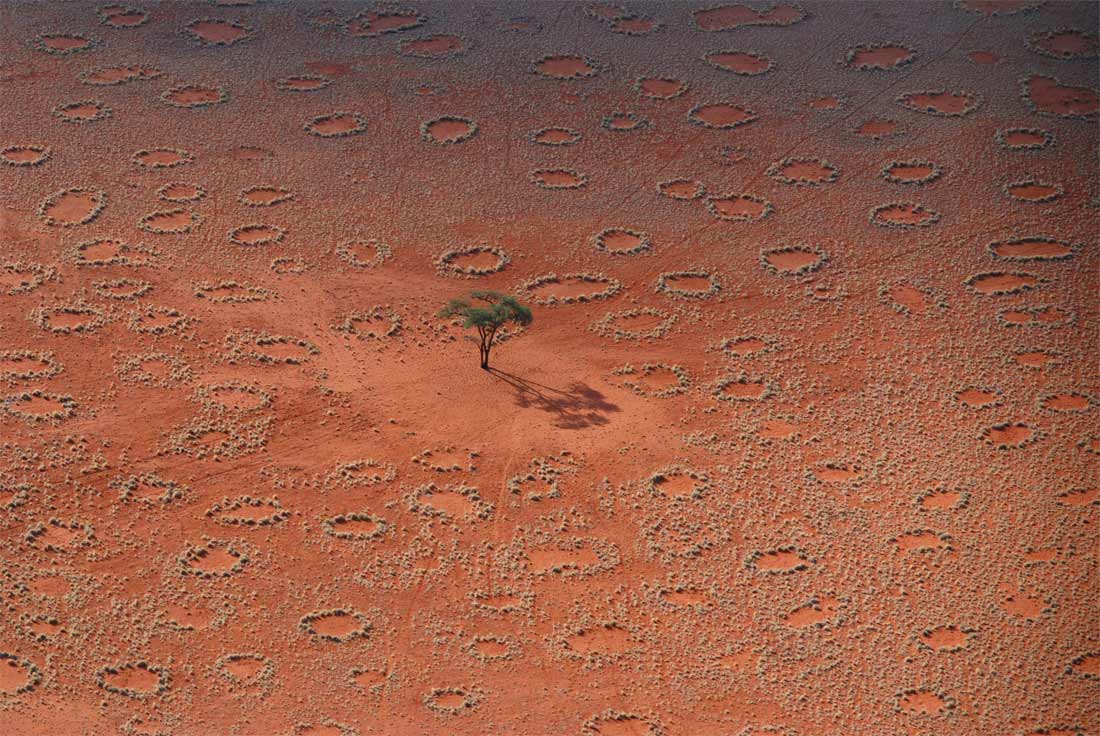
Fairy circles are circular patches of perennial grasses with a barren center that emerge in the deserts along the southwest coast of Africa. Dotting the Namibian deserts, these rings can persist for decades and occur in regular patterns. Now, research detailed in the March 29, 2013, issue of the journal Science suggests a species of sand termite (Psammotermes) may be the artists behind the grassy artwork.
Here, numerous tracks of Oryx antelopes crossing fairy circles in an interdune pan, shown in this aerial view of Namibrand, Namibia.
Baby Rings

A shot out of the open door of a plane showing fully developed "adult" fairy circles, with a few newly established "babies" developing in the interspace between the old ones. (Aerial view of Namibrand, Namibia.)
Filling in the Gaps

Fairy circles in the Marienfluss Valley, Kaokoveld, Namibia, where desert grassland transitions to Mopane savanna. Fairy circles seem to be gaps in the grassland.
Mature Circle

A fully developed fairy circle with a green perennial belt (living grass plants) and a yellowish matrix (dead short-lived plants), both formed by the same species of grass (Stipagrostis ciliate). Image of Farm Dieprivier / Namib Desert Lodge, Namibia.
Grassy Food

In a normal dry year only the perennial belt of the fully developed fairy circles provides biomass for herbivores at Giribesvlakte, Namibia.
On the Edge

The Marienfluss Valley, Kaokoveld, Namibia in a dry year: Plant biomass for herbivores is mainly found at the margin of the fairy circles.
Sand Storm Survivors?
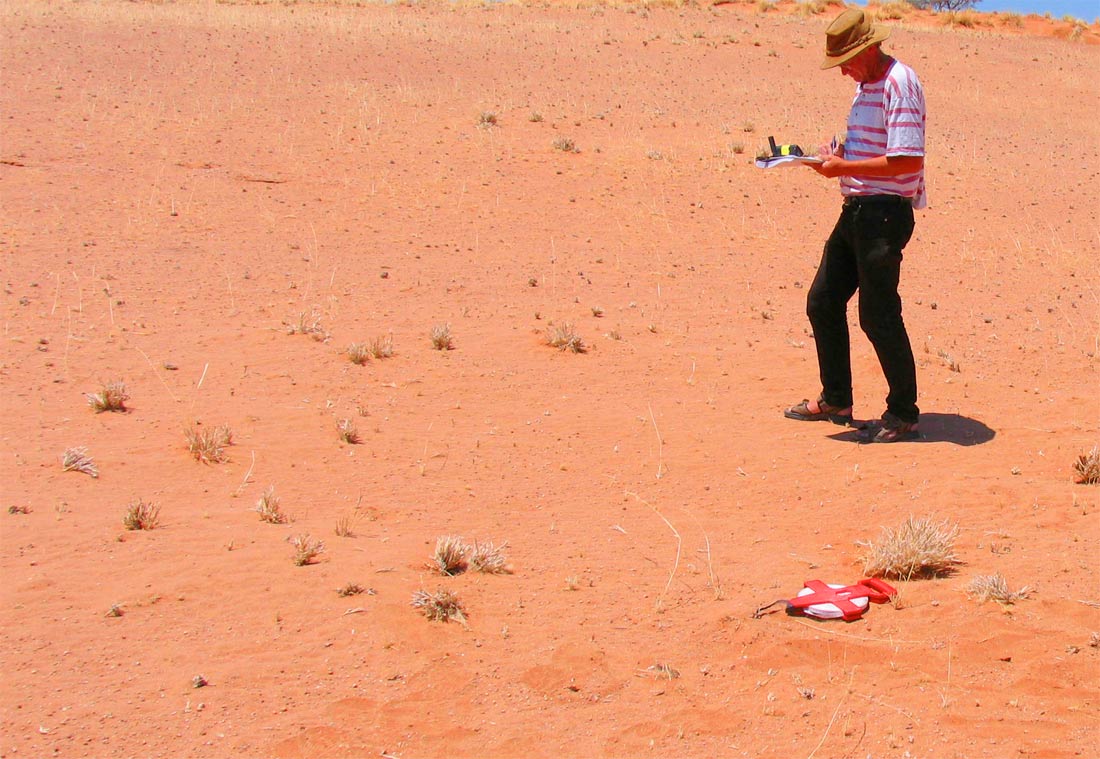
One of the fairy circles in Farm Dieprivier / Namib Desert Lodge, Namibia, during a dry year. Nearly all the grass in the landscape has been consumed or destroyed by sand storms. Only the perennial belts of fairy circles still provide plant biomass for herbivores.
Get the world’s most fascinating discoveries delivered straight to your inbox.
Stickin' Around
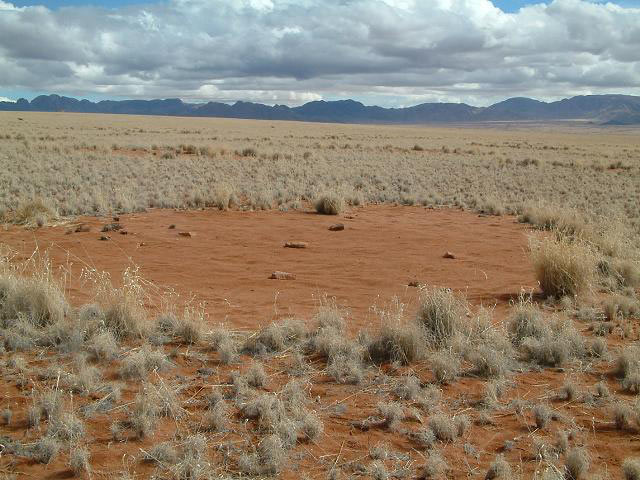
Another study, this one published online June 27, 2012 in the journal PLOS ONE, suggested the small circles stick around for about 24 years, while the larger ones stay put as long as 75 years. Here, a typical fairy circle in Namibia. [See More Images of Fairy Circles]
Studying the Circles
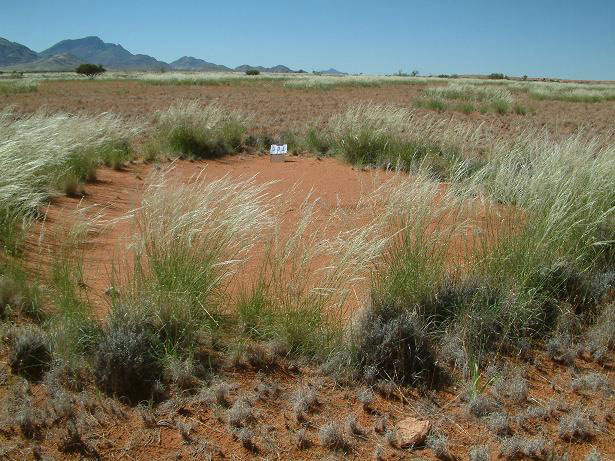
Few researchers have studied fairy circles, in part because of their remoteness, 111 miles (180 km) form the nearest village. It's an arid landscape where springbok, ostrich, leopards and other large animals roam, Tschinkel said. (Shown here, a fairy circle seen in 2011 after the rain.)
Fairy Circle Evolution

The smallest are about 6.5 feet (2 meters) in diameter, while the largest can be almost 40 feet (12 m) across. Eventually, plants move back in, re-colonizing the circles and leaving only slightly indented "ghost circles" behind.
Going Down?
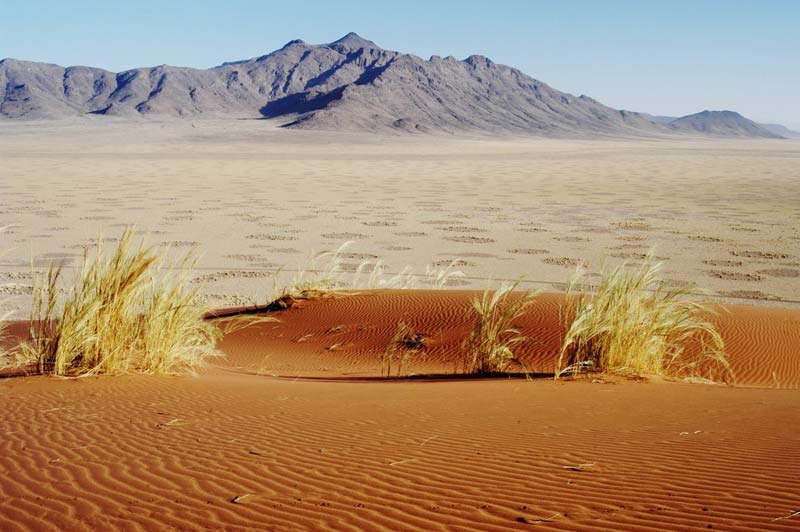
Over time as winds scour the bare surfaces the fairy circles form slight depressions, like the one shown here in the Namib Desert.
 Live Science Plus
Live Science Plus






